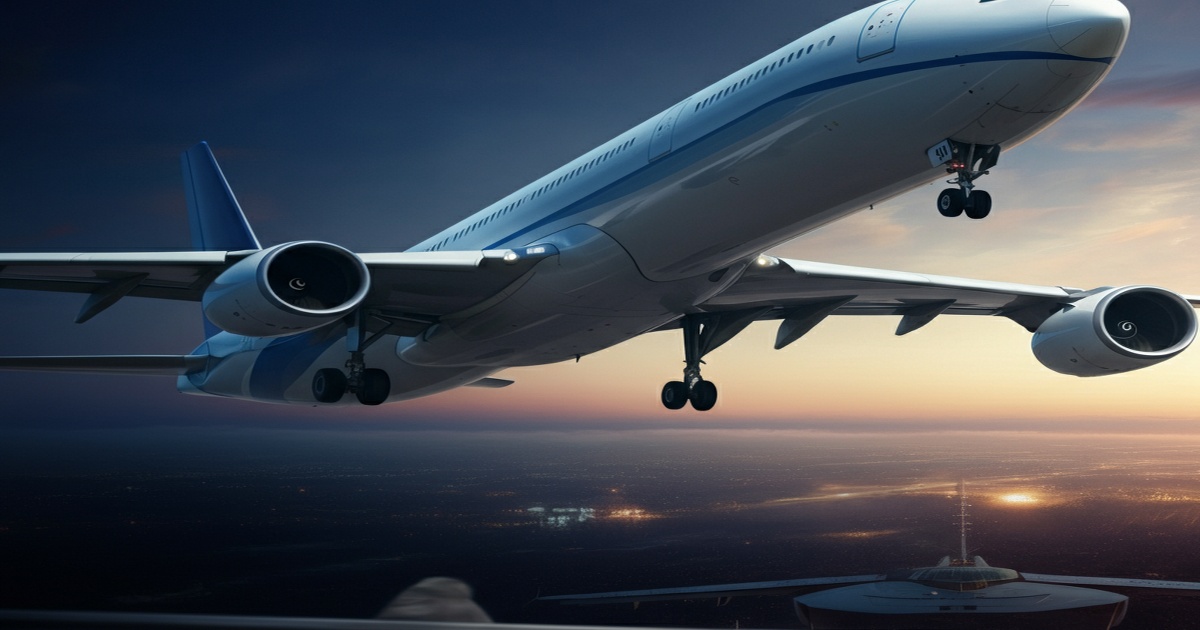China's Aviation Sector Takes Flight with Expansion Plans and Visa-Free Transit
China's civil aviation industry is set for a significant expansion this year, fueled by new visa-free transit policies for international tourists. This move aims to boost the sector's development and bring air traffic back to 90% of pre-pandemic levels.
The Civil Aviation Administration of China (CAAC) announced the initiative during its annual conference in Beijing. CAAC head Song Zhiyong emphasized the importance of capitalizing on new opportunities, including visa-free transit, to build a robust international transfer market.
This initiative targets both passenger and cargo air traffic, aiming to strengthen China's global market connectivity and support the post-pandemic recovery of the aviation sector. China is focusing on improving airport services and promoting cultural exchanges to attract more international travelers.
The Chinese aviation sector, heavily impacted by the pandemic, made a strong comeback in 2023, returning to profitability and significantly reducing losses compared to the previous year. In 2023, China operated 6,400 weekly round-trip international passenger flights, reaching 84% of pre-pandemic levels. Air links with Belt and Road Initiative nations expanded considerably, with 19 new destinations added to China's air network.
Passenger traffic witnessed significant increases to destinations in Central Asia, West Asia, and Europe, exceeding pre-pandemic levels. This surge in traffic created new opportunities for international travel and cross-border commerce.
With China's economy expected to generate fresh momentum this year, the prospects for the civil aviation market are further enhanced. The International Air Transport Association forecasts global passenger traffic to exceed 5.2 billion trips in 2025, representing a 6.7% year-on-year increase.
The relaxation of visa policies has been a key driver behind China's expanding aviation sector. The government has eased visa requirements for international travelers, particularly those transiting through the country. Major airports like Beijing Capital International Airport and Beijing Daxing International Airport are leading the efforts to improve the layover experience, making China an increasingly attractive transit hub.
These airports have implemented various initiatives to enhance the passenger experience, including expanded global connections, streamlined immigration processes, and improved visa-on-arrival services. Additionally, they have invested in showcasing Chinese culture through exhibitions and art displays, offering international visitors a glimpse into the nation's rich heritage.
Looking ahead, China's aviation sector is poised for continued growth. With expanding international routes, a growing fleet of modern aircraft, and increasingly flexible visa policies, China is well-positioned to remain a key player in the global aviation market.







5 Comments
lettlelenok
I'm worried that the visa-free transit policy might create opportunities for illegal immigration or human trafficking. 👮♀️
dedus mopedus
Overall, while this initiative presents many opportunities, we must remain vigilant and address any potential risks and challenges. 🤝⚠️
ytkonos
It's crucial to monitor the impact this expansion may have on local communities and ecosystems, and mitigate any negative consequences. 🏡🌳
Habibi
It's important to ensure that this expansion doesn't come at the expense of ethical labor practices and fair compensation for aviation workers. ⚖️
Africa
While it's good for tourism, I hope this doesn't contribute to cultural homogenization or the exploitation of local resources. 🏛️🌳